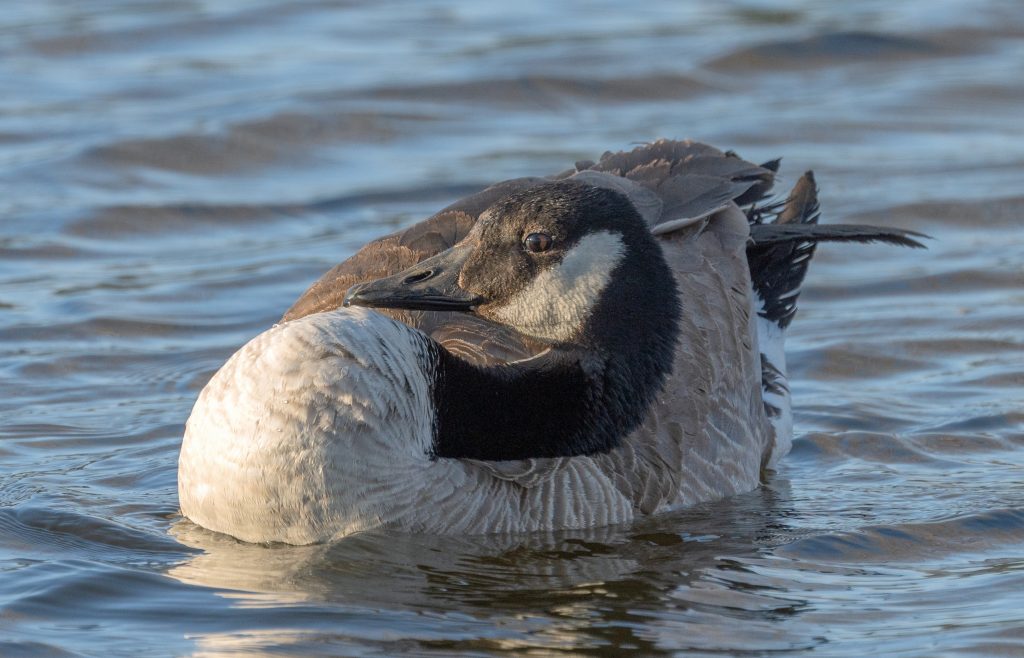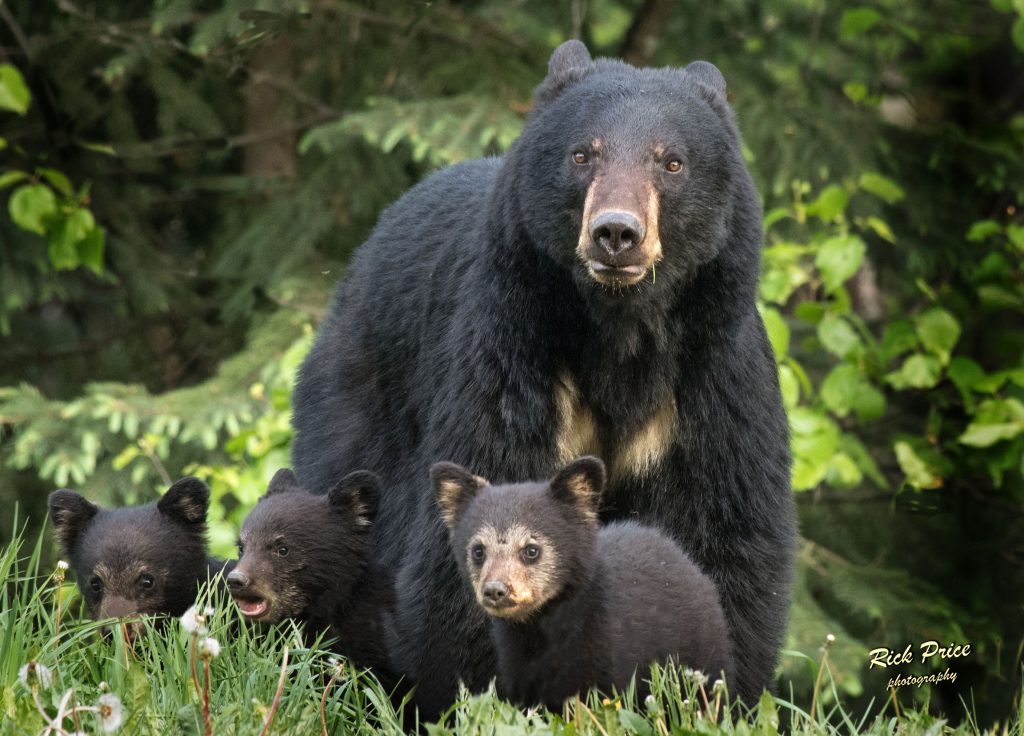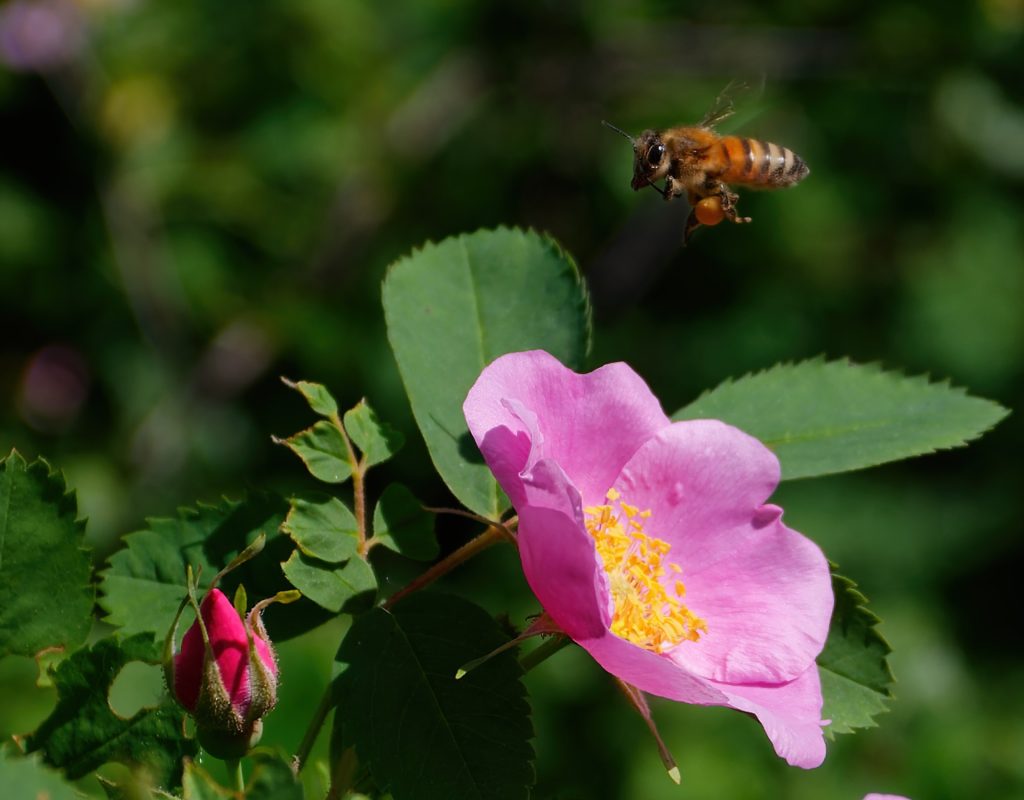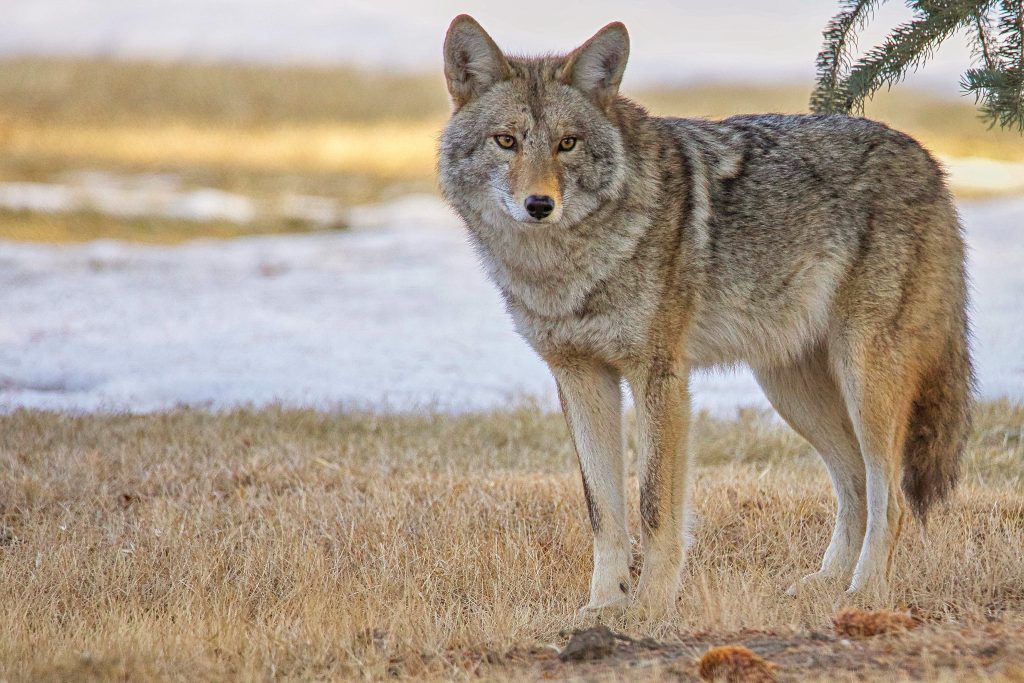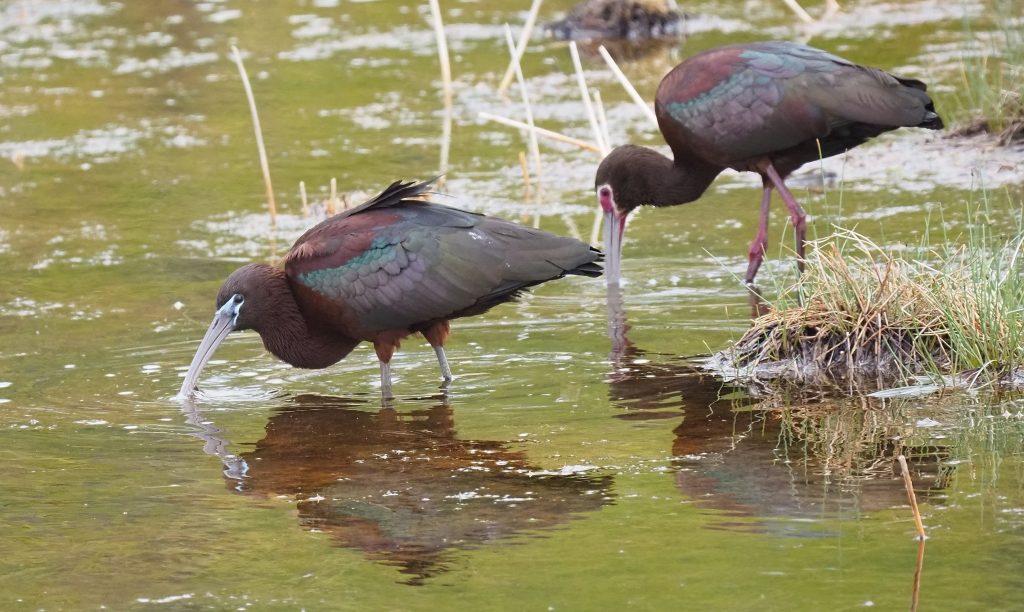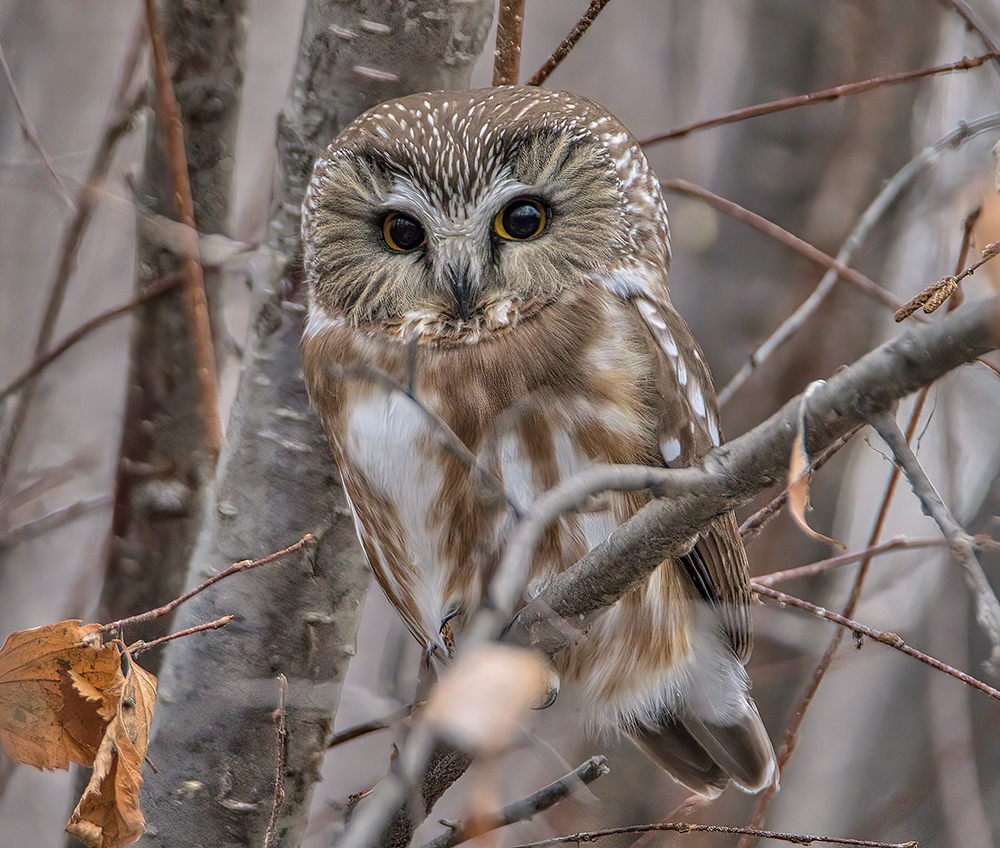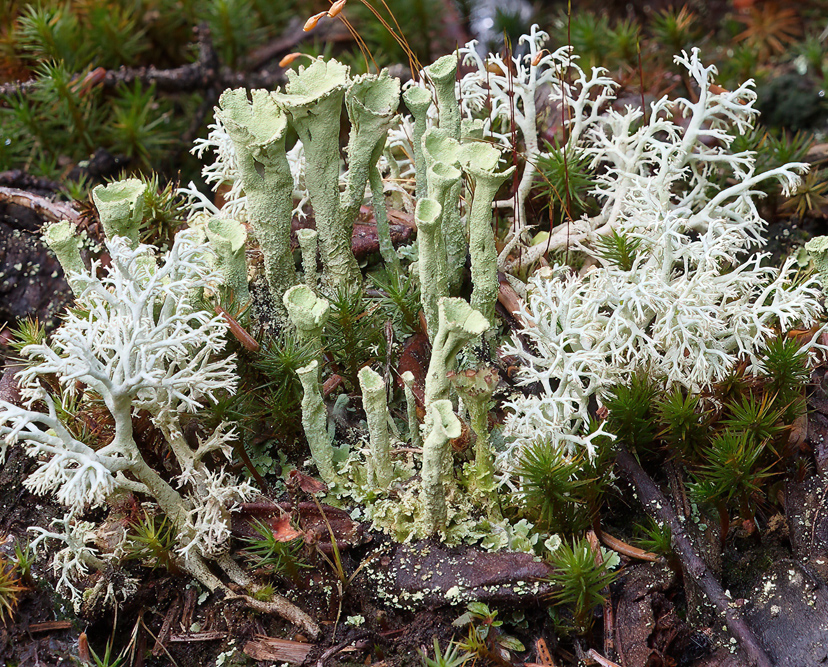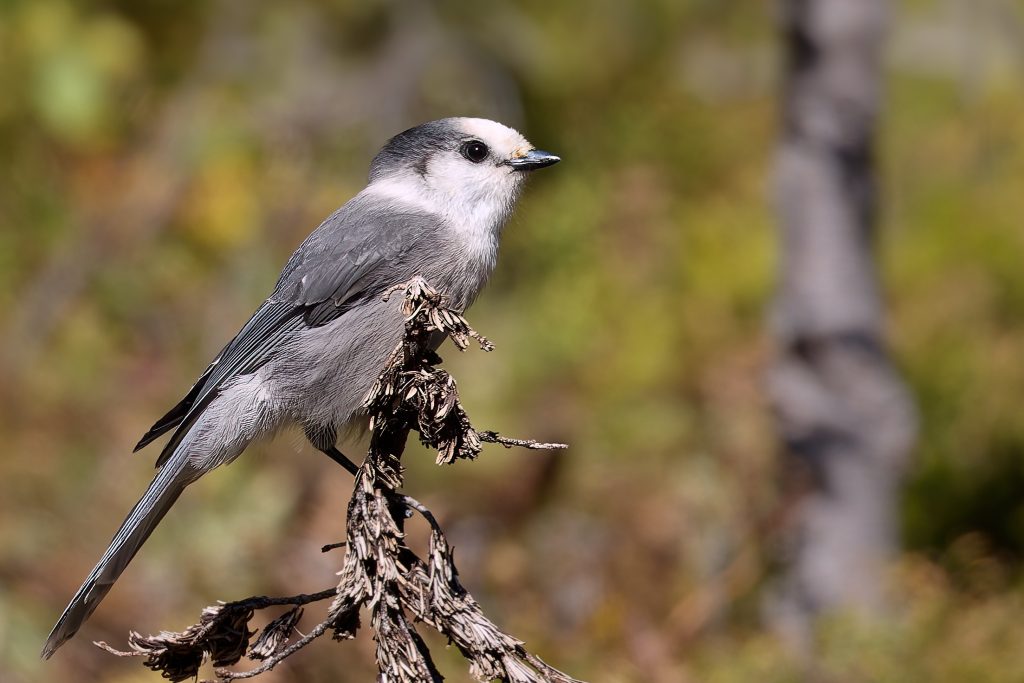Featured Species
Avian Influenza: A New Chapter in an Old Book
In 2022, nature surprised us with a dramatic change in the impact of avian influenza. What happened, and what comes next?
Read MoreThe Black Bear
BY NICK CARTER
“Question: What kind of bear is best?” Jim and Dwight from The Office have their opinions, but you can make up your own mind with the rundown on Alberta’s black bears in the Spring issue of Nature Alberta Magazine!
Read MoreBeneath the Buzz: Alberta’s Native Bees as Nature’s Unsung Heroes
What’s the buzz? What’s happening with Alberta’s unsung nature heroes: native bees!
Read MoreStansell’s List
A 1923 manuscript, Birds of Alberta, has recently come to light, describing the birdlife of Alberta a century ago.
Read MoreCoexisting With Coyotes
What ten years’ worth of close encounters with urban coyotes tell us about coexisting with these wily canines.
Read MoreThe Currency of Angler Citizen Science
Lorne Fitch searches for a treasure trove of citizen science data in the fishing diaries of lifelong anglers.
Read MoreFive New Firsts in Alberta Bird Sightings
Alberta’s official bird record gained five first-time species sightings last year!
Read MoreFor the Love of Lichens
There’s lots to love about lichens! Meet some of Alberta’s most colourful examples of these fascinating amalgam organisms.
Read MoreCanada Jays: Grey Ghosts of the Northern Woods
Meet the grey ghost of the northern woods — the mischievous yet charming Canada jay.
Read More
